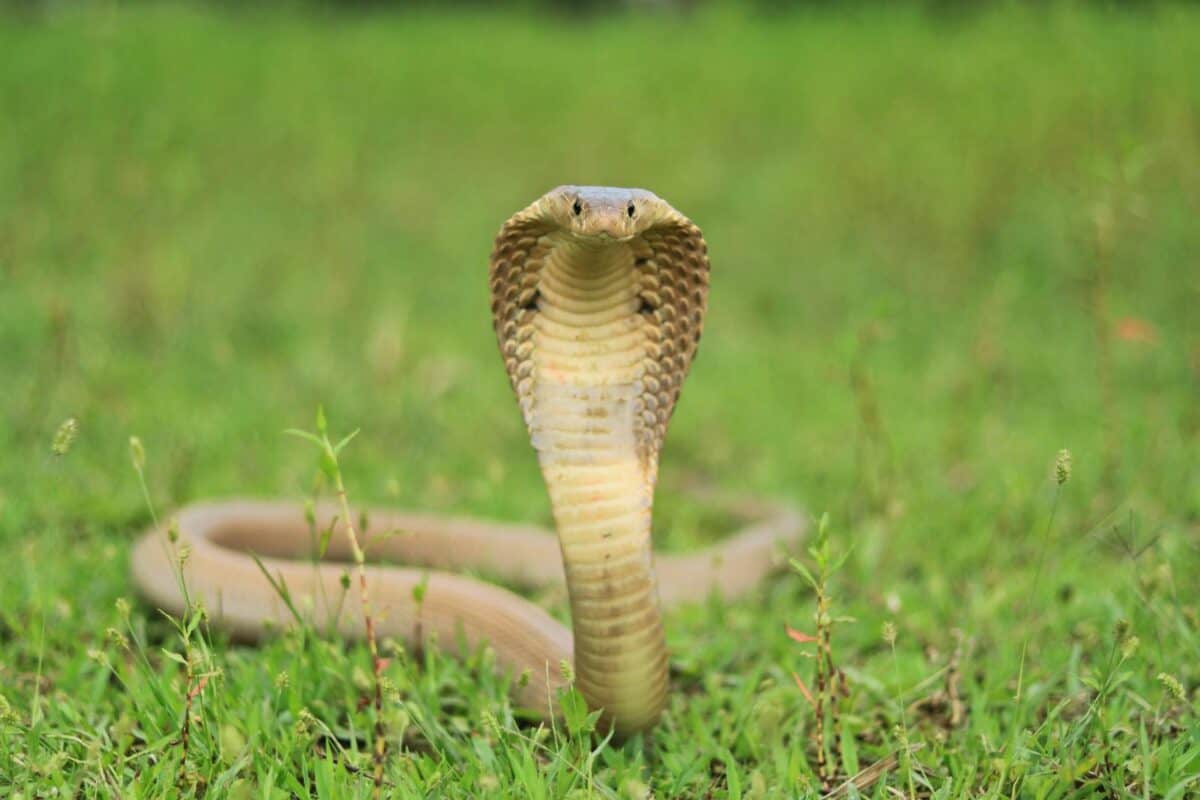Snakes have long fascinated and frightened humans in equal measure. Their sleek bodies, hidden movement, and, in some species, deadly venom make them creatures of both wonder and caution. Of the thousands of snake species worldwide, a select few have venom potent enough to kill with just one bite. This article delves into the lives of 15 such snake species, examining their characteristics, habitats, and the astonishing nature of their venom’s lethal power.
Understanding Snake Venom

Snake venom is a complex cocktail of proteins and enzymes that can immobilize, incapacitate, or kill prey. It can affect various biological systems, targeting either the nervous system, blood, or muscular tissues, depending on the snake species. Understanding how it works is essential in grasping why some snakes are exceptionally deadly.
12. Inland Taipan

The Inland Taipan, also known as the “fierce snake,” is native to Australia and is considered the world’s most venomous snake. While it is reclusive and rarely encountered by humans, its venom can cause death in less than an hour. Its potency lies in its neurotoxins and hemotoxins, which attack nerve tissues and blood clotting.
11. King Cobra

This formidable snake holds the title for the world’s longest venomous snake, growing up to 18 feet long. Found predominantly in the forests of Southeast Asia and India, the King Cobra’s venom is composed of neurotoxins that can cause respiratory failure and cardiac arrest in minutes.
10. Black Mamba
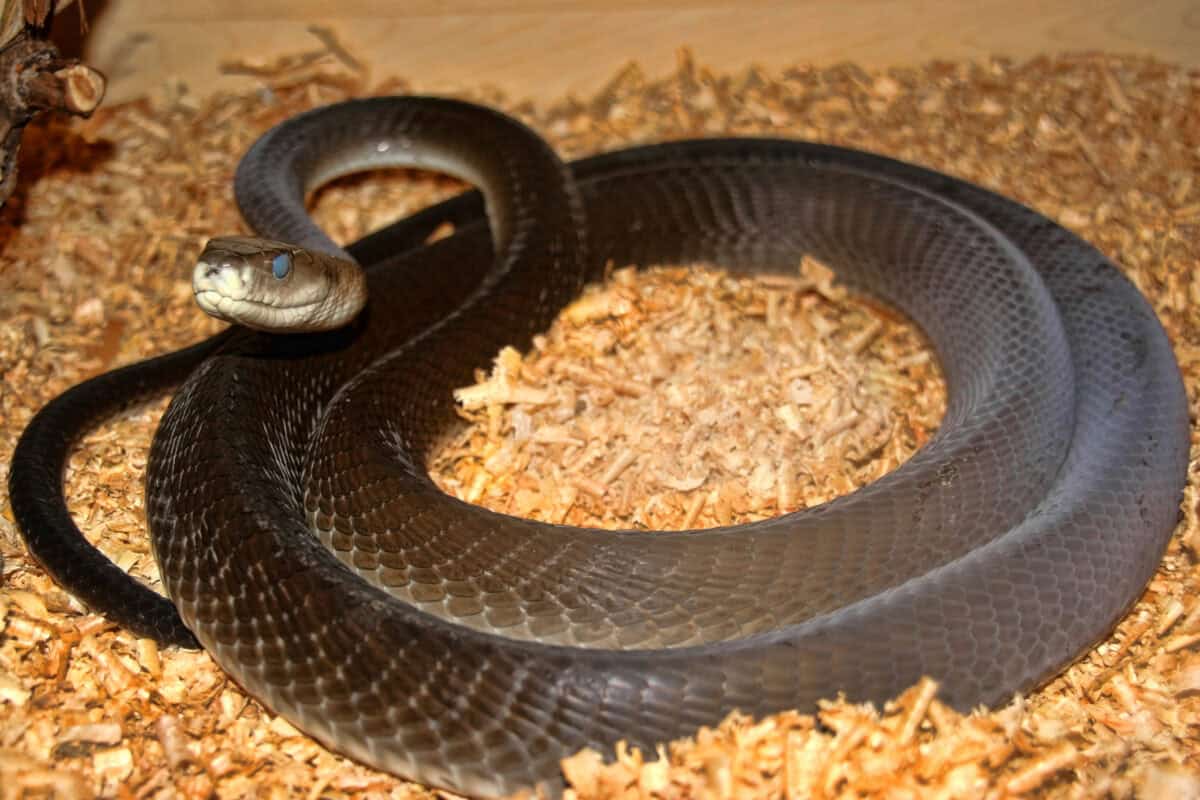
Infamous for its speed and aggression, the Black Mamba is highly feared in its sub-Saharan African range. Its venom, containing both neurotoxins and cardiotoxins, can kill an adult human within 20 minutes if untreated. Despite its reputation, attacks on humans are rare.
9. Coastal Taipan
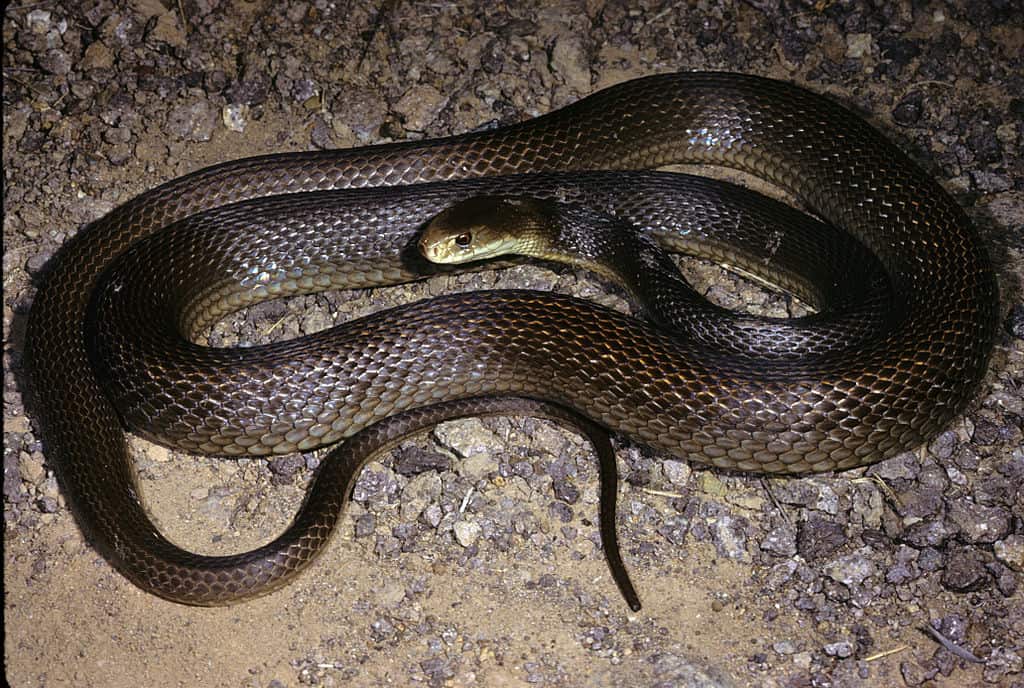
Similar to its inland cousin, the Coastal Taipan roams the extreme northeastern coastlines of Australia. Its highly potent venom can cause death in 30 to 60 minutes without antivenom intervention, mainly due to its effect on blood clotting processes and muscle control.
8. Russell’s Viper

Widely distributed across Asia, Russell’s Viper is responsible for a significant number of snakebite incidents. It delivers a hemotoxic venom that causes severe damage to tissue and organs, leading to internal bleeding and organ failure if untreated.
7. Eastern Brown Snake

Another Australian native, the Eastern Brown Snake, is known for its fast-acting venom that affects the cardiovascular system. This snake is considered highly aggressive and can strike multiple times quickly, making it particularly dangerous.
6. Saw-scaled Viper

Found in India, the Middle East, and Africa, the Saw-scaled Viper is renowned for its defensive nature and potent bite. Though small in size, its venom can cause extensive local swelling, systemic bleeding, and kidney failure.
5. Banded Krait

The Banded Krait, a resident of Southeast Asian rainforests, carries a neurotoxin-laden venom capable of inducing muscle paralysis and respiratory failure. It’s typically nocturnal and shy, often avoiding human contact.
4. Boomslang

With large eyes and a strikingly colorful appearance, the Boomslang is a tree-dwelling snake from sub-Saharan Africa. Its venom is hemotoxic, causing hemorrhaging and internal bleeding, often proving fatal without immediate treatment.
3. Tiger Snake
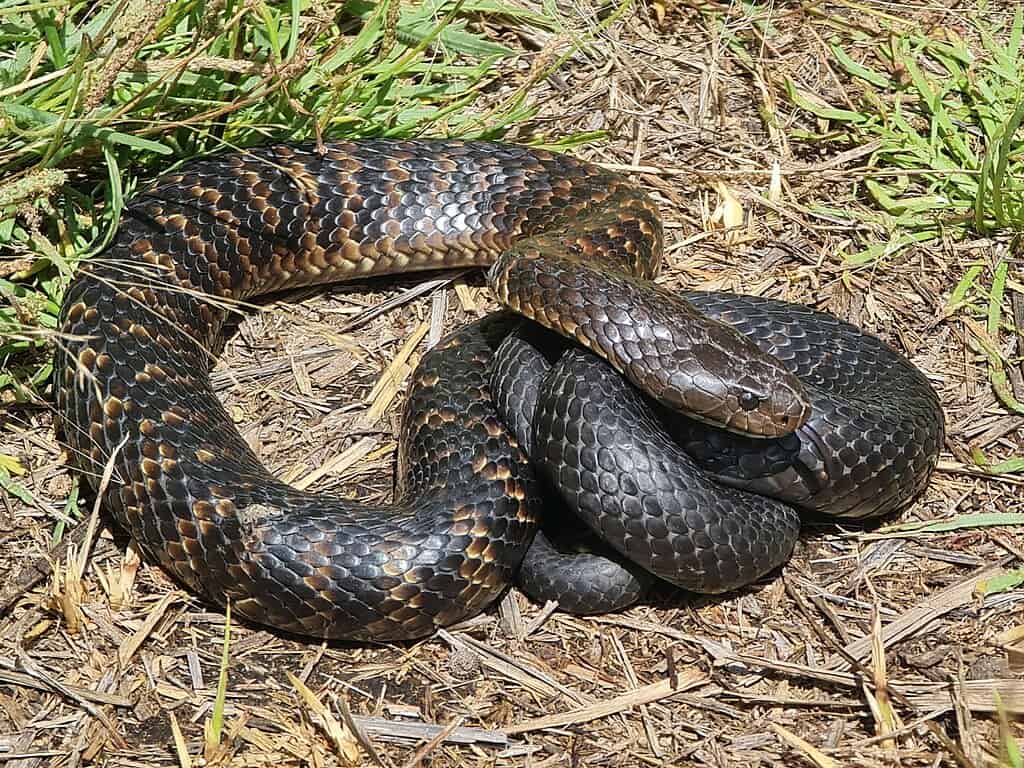
Native to southern Australia, the Tiger Snake is notable for its banded coloration. Its potent venom contains coagulants, hemolysins, and myotoxins, posing a quicker threat to health through blood clotting abnormalities and muscle breakdown.
2. Philippine Cobra
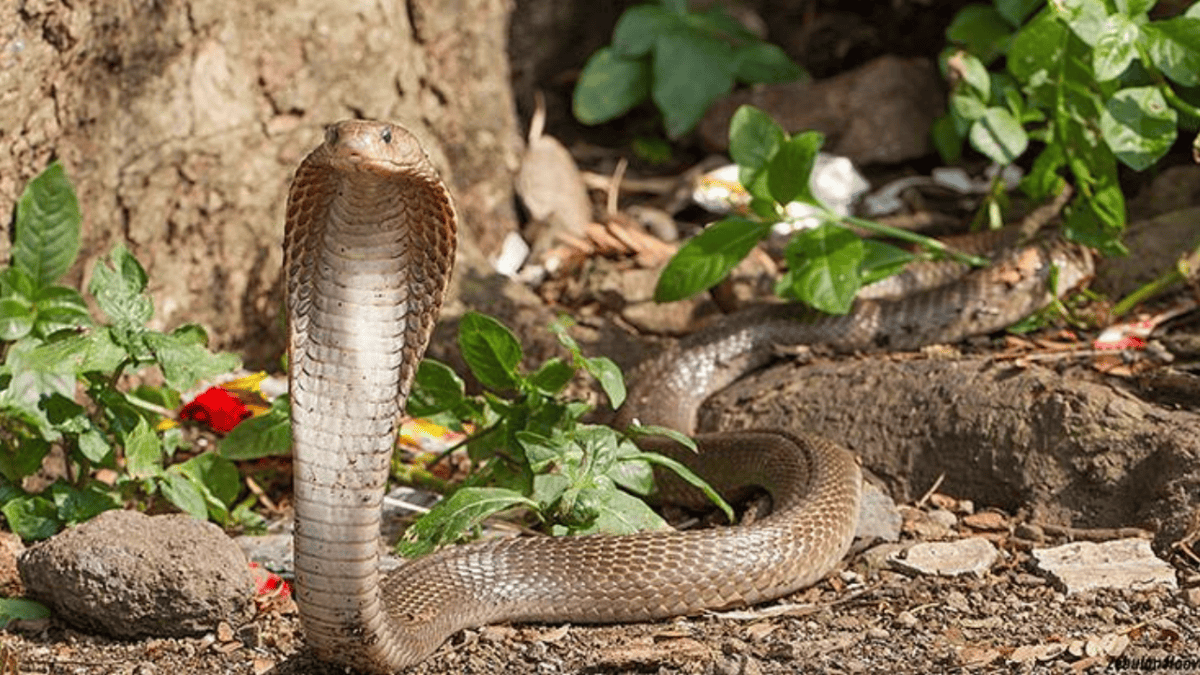
Unlike other cobras, the Philippine Cobra’s venom is primarily a neurotoxin. Found in the Philippines, this species can spit venom accurately over a considerable distance, causing both permanent nerve damage and fatality if the venom enters the bloodstream.
1. Fer-de-Lance

One of South America’s most dangerous serpents, the Fer-de-Lance, is notorious for its aggression and lethal hemotoxic venom. It can cause severe tissue necrosis, leading to amputation or death if medical intervention is delayed.
While these snake species showcase the extraordinary capabilities of evolution and adaptation, they remind us of nature’s raw power. Understanding their behavior, habitat, and the dangers they pose is crucial, especially for those living in areas where these snakes are prevalent. Coexisting with such creatures involves respecting their space and appreciating their role in the ecosystem while staying informed and cautious about the potential risks they carry.
- 12 Snake Species That Can Kill in One Bite - August 10, 2025
- The World’s Most Expensive Dog Breeds - August 10, 2025
- Why Dalmatians Might Be America’s Most Misunderstood Dog - August 10, 2025

